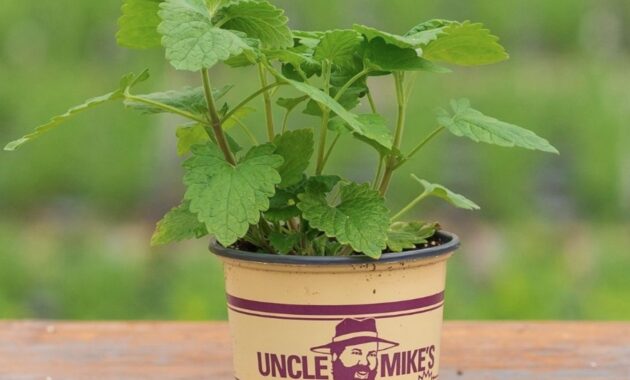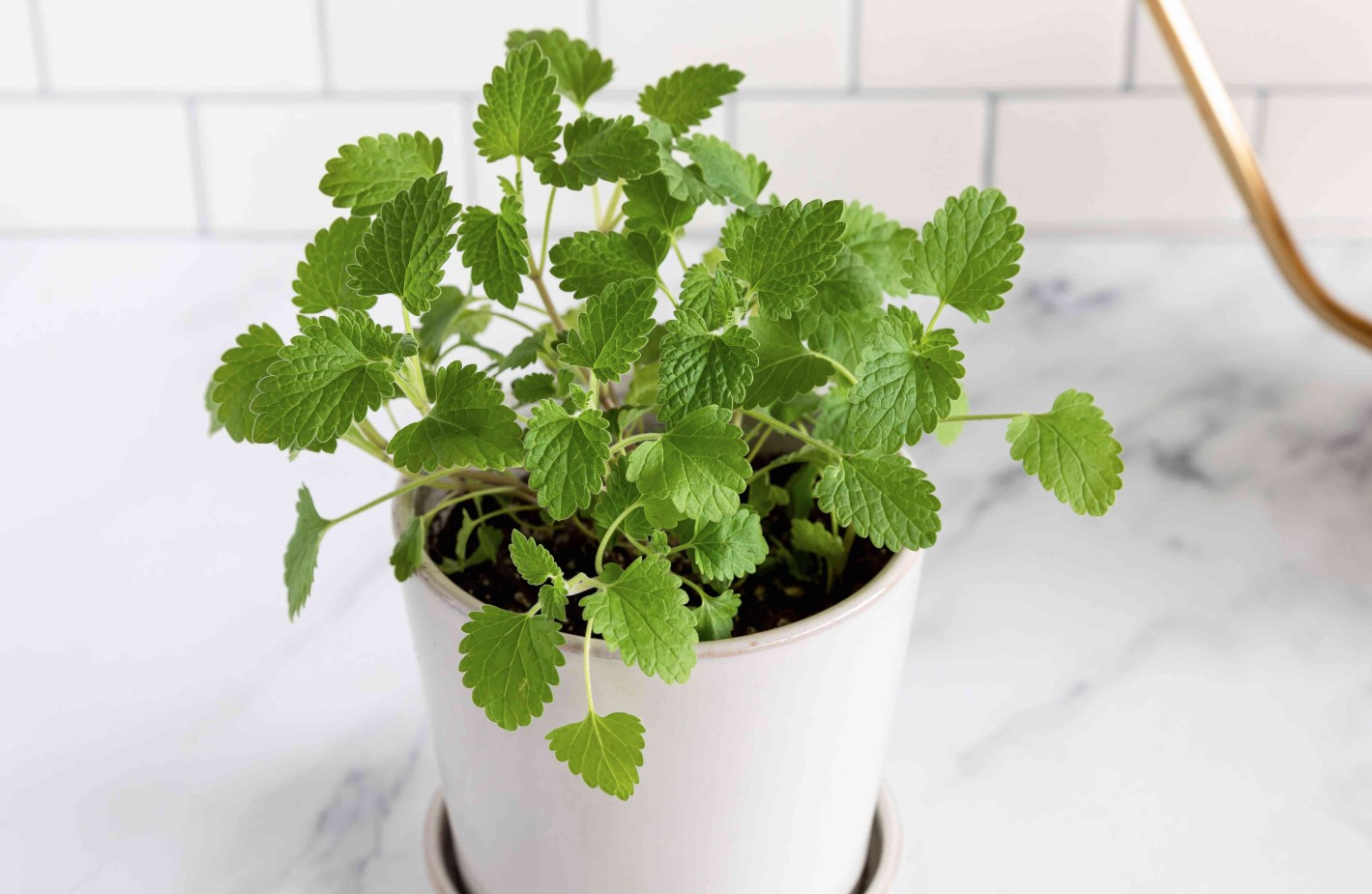
When you hear “catnip,” most people immediately think of their cats going wild for the stuff. I’ll admit, watching a cat react to catnip is hilarious! But did you know that the catnip plant (scientifically called Nepeta cataria) offers more than just feline entertainment? It’s a versatile herb that has been used for everything from medicinal teas to garden insect repellent.
Let’s dive into the wonders of the catnip plant—why cats love it, how to grow it, and how even us humans can benefit from it.
What is Catnip?
| Feature | Description |
|---|---|
| Scientific Name | Nepeta cataria |
| Common Names | Catnip, Catmint, Field Balm |
| Native Region | Europe, Central Asia, and the Middle East |
| Plant Type | Perennial herb, part of the mint family |
| Height | 50–100 cm (20–40 inches) |
| Uses | Cat stimulant, medicinal, insect repellent |
| Blooming Time | Summer to early fall |
Why Do Cats Go Crazy for Catnip?
If you’ve ever given your cat a toy stuffed with catnip, you’ve probably witnessed a reaction that ranges from rolling around to drooling to darting around the room. But why do cats react this way? It turns out, catnip contains a chemical compound called nepetalactone, which binds to receptors in a cat’s nose and stimulates sensory neurons. This creates a sort of euphoria that mimics feline pheromones. Not all cats are affected, but about 70-80% of cats experience this fun reaction.
Fun fact: Even wild cats like lions and tigers can react to catnip! Imagine a giant lion rolling around like a kitten—that’s pretty mind-blowing, right?
Growing Catnip: Tips from My Own Experience
I never really considered growing catnip until I realized how much my cats loved it. Turns out, it’s ridiculously easy to grow, even for someone like me who doesn’t have the greenest thumb.
1. Ideal Conditions for Catnip
Catnip thrives in full sunlight but can tolerate a bit of shade. In my experience, planting it in a well-drained soil is essential—this herb doesn’t love wet, soggy conditions. I’ve also found that it grows like a weed, so you may want to give it plenty of space or grow it in containers to keep it from taking over your garden.
2. How to Plant Catnip
You can start catnip from seeds or cuttings. If you’re planting from seeds, start indoors about 5-6 weeks before the last frost. Transplant them outdoors once the weather warms up. If you’re going the cutting route, just snip a healthy stem and place it in water until it grows roots.
3. Watering
Catnip is relatively drought-tolerant, so you don’t have to fuss over it too much. I typically water mine once a week, but it may need more frequent watering during hot, dry spells.
4. Harvesting
You’ll want to harvest the leaves just before the flowers bloom, as that’s when they’re most potent. You can cut the stems, dry the leaves, and store them for later use. I keep a stash handy for my cats, and trust me—they know exactly where I store it!
Benefits of Catnip for Humans
Catnip isn’t just for the cats—us humans can get in on the action too. While we might not roll around on the floor after sniffing it (at least I hope not), catnip has a number of uses that can benefit your health and well-being.
1. Catnip Tea for Relaxation
Did you know that catnip tea has been used for centuries as a natural remedy for stress and anxiety? The plant contains compounds that have a mild sedative effect, which can help calm nerves and even relieve headaches. I personally love brewing a cup of catnip tea when I’ve had a stressful day—just steep a teaspoon of dried catnip leaves in hot water for about 10 minutes, and you’ve got yourself a soothing drink.
2. Digestive Aid
If you’re feeling bloated or dealing with an upset stomach, catnip might just be your new best friend. Its properties help to relax muscles in the digestive tract, which can ease discomfort. It’s not as strong as peppermint or ginger, but I find it works well when I want something a little milder.
3. Sleep Aid
Having trouble falling asleep? A warm cup of catnip tea before bed can help you unwind. It has a gentle sedative effect, kind of like chamomile, making it great for insomnia or those nights when your mind just won’t quiet down.
Natural Insect Repellent
One of the coolest things I’ve discovered about catnip is that it’s a powerful insect repellent! In fact, studies have shown that nepetalactone, the same compound that drives cats wild, is about 10 times more effective than DEET in repelling mosquitoes.
If you’ve got a catnip plant growing in your yard, just crushing the leaves and rubbing them on your skin can help keep mosquitoes at bay. I’ve done this a few times when I’ve run out of store-bought repellent, and it works like a charm (plus, it smells nice and fresh, unlike most sprays).

Catnip’s Role in Companion Planting
Catnip doesn’t just benefit cats and humans—it’s also a great companion plant for the garden. It helps to repel common pests like aphids, squash bugs, and even ants. Planting catnip near your vegetable garden can act as a natural pest deterrent, keeping harmful bugs away without the need for chemical pesticides.
Just be careful where you plant it if you have outdoor cats or neighbors with cats—they may start hanging around your garden more than usual!
Common Varieties of Catnip
Did you know that there are different varieties of catnip? Here are a few common types that you can grow:
| Variety | Description |
|---|---|
| Nepeta cataria | The classic catnip that cats love, grows up to 3 feet tall. |
| Nepeta mussinii | Also known as Dwarf Catnip, more compact and ornamental. |
| Nepeta faassenii | Known as Faassen’s Catnip, has grayish leaves and lavender flowers. |
| Nepeta sibirica | Siberian Catnip, grows in cooler climates and has larger leaves. |
Fun Fact: Not All Cats Respond to Catnip
While most cats go nuts for catnip, about 20-30% of cats don’t react to it at all. The sensitivity to catnip is actually an inherited trait, so if a kitten’s parents didn’t react to catnip, chances are the kitten won’t either. Kittens under 6 months old also typically don’t respond to it.
I remember giving catnip to my friend’s cat, and nothing happened—totally unimpressed. Meanwhile, my cats were in a full-on catnip frenzy. So, if your cat doesn’t react to catnip, don’t worry—it’s totally normal!
Conclusion: More Than Just a Cat’s Delight
The catnip plant is truly a multi-functional herb. From bringing joy to your feline friends to calming your nerves with a warm cup of tea, there’s so much more to this humble plant than meets the eye. Whether you’re growing it for your garden or for your kitty, catnip is a versatile and low-maintenance plant that’s well worth adding to your herb collection.
So, the next time you see a cat flipping out over catnip, remember—there’s a lot more to this plant than just entertaining your furry friend!



